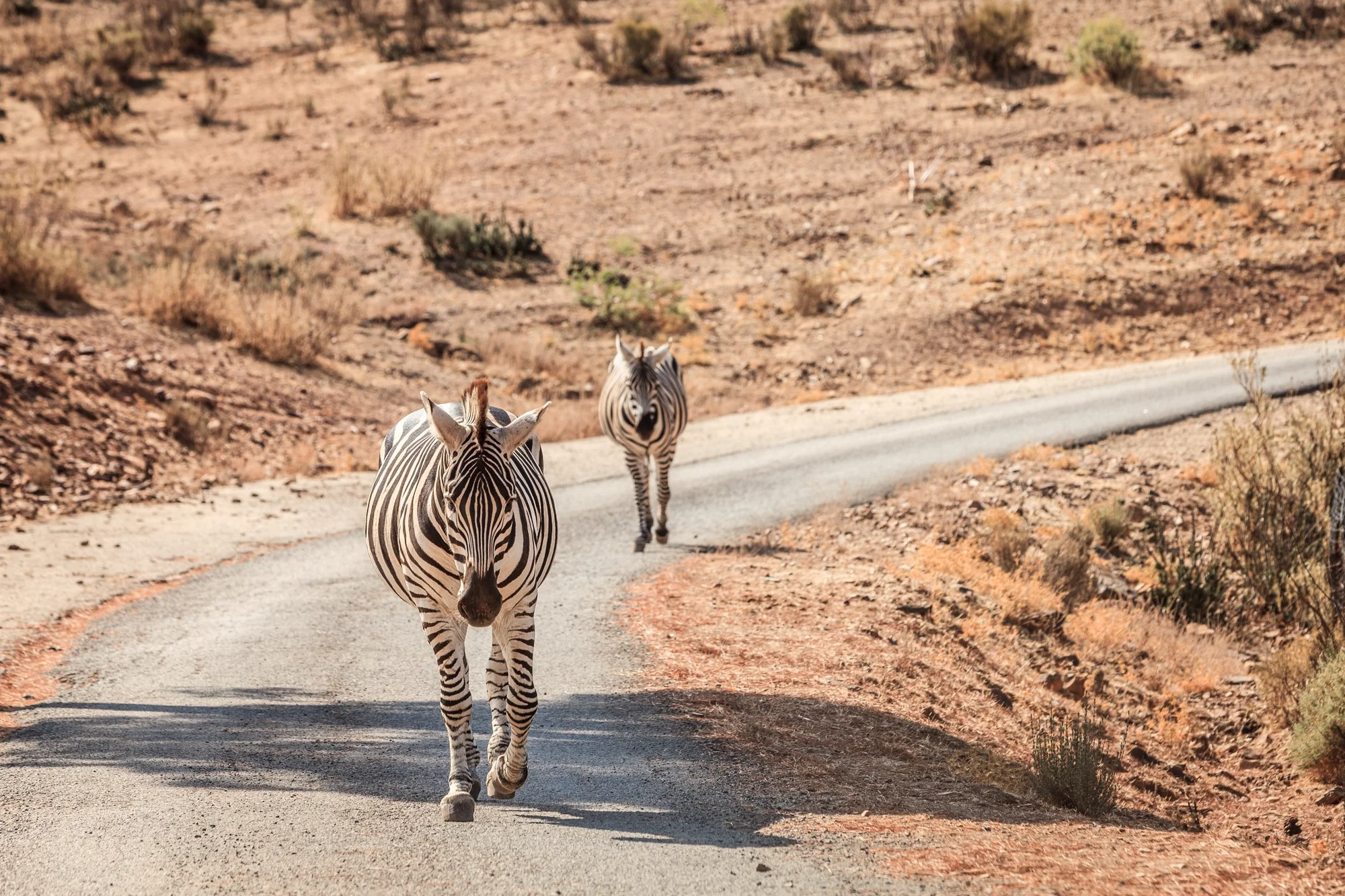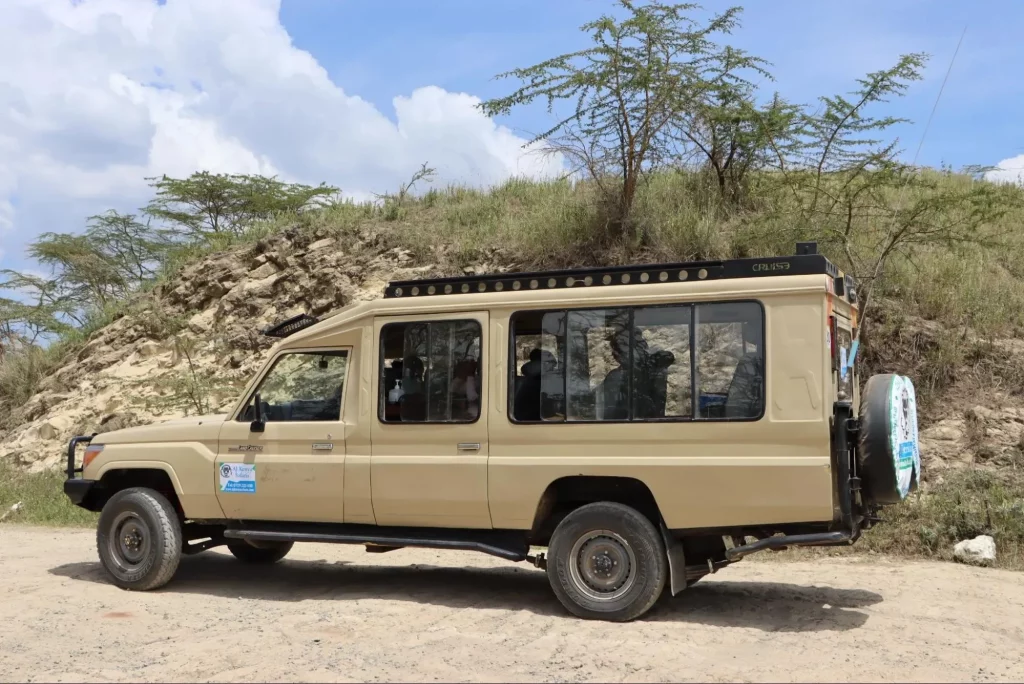
When to visit Masai Mara: Best Month to Plan a Visit
So, when is the best time to visit Masai Mara? This is a common question among travelers planning a once-in-a-lifetime trip to this incredible park. If witnessing the annual Wildebeest Migration is on your bucket list, then August is the month to be there. However, Masai Mara National Reserve is a fantastic destination all year round. It boasts a great climate and abundant wildlife, making it perfect for excellent game viewing anytime. Daytime temperatures are comfortably warm, while nights are a bit cooler, so a light jacket might come in handy. These conditions are ideal for wildlife viewing throughout the year.
Like other places in Kenya, Masai Mara experiences distinct weather patterns, with two rainy seasons lasting about 2 to 3 months each – from April to May and September to early November. These seasonal rains affect vegetation and water sources, thus influencing animal movements. Many tourists flock to see the Wildebeest Migration, which generally starts in mid-July, peaks in August, and continues through early September. This period is considered the best time to visit Masai Mara, especially for those eager to witness the Great Migration and large herds. Keep in mind that the timing of the migration can vary slightly each year due to changing rainfall patterns. Therefore, consider the climate, the wildebeest migration, and seasonal price changes when planning your visit to Masai Mara to ensure it meets your expectations.
The climate in Masai Mara is pleasantly warm, with cool nights all year round. This area is located just south of the Equator, but at an altitude between 1,500 and 1,900 meters. Temperatures are slightly higher from October to March, while they are slightly cooler from June to August. At night it can be a bit cold, and the temperature can drop below 10 °C , especially from June to August. Rainfall amounts to about 1,400 millimeters per year. The wettest month is April, the driest is July.
| Season | December – February | March – May | June – mid September | Mid September – November |
|---|---|---|---|---|
| Description | Dry and warm, perfect for photography | Pleasant but rainy, with sunny moments | Cloudy, cooler, and dry | Short rains possible, but sunny days |
The weather patterns in Masai Mara aren’t as predictable as they used to be. Sometimes, unexpected changes in the climate can occur at the last minute.
Wildlife & Migration
Masai Mara National Reserve is one of Kenya’s top parks, famous for its incredible wildlife viewing throughout the year. The park is home to a stunning variety of mammals, from large herds of herbivores like wildebeest, zebras, and Thomson’s gazelles to the renowned ‘Big Five’—lions, leopards, rhinos, elephants, and buffaloes. It’s also a haven for the Nile crocodile, Africa’s largest reptile.
Bird enthusiasts will be thrilled with over 450 bird species recorded here. If you’re visiting to witness the Great Wildebeest Migration, you’ll see approximately 1.5 million wildebeest, along with hundreds of thousands of zebras, elands, and gazelles, crossing the Mara River in search of food and water. The best time to visit Masai Mara for this spectacle is between late July/early August and October. However, remember that the timing may vary each year due to changes in rainfall patterns.
| Season | Highlights | Wildlife Viewing | General Experience |
|---|---|---|---|
| July – August | Experience the peak of the Great Wildebeest Migration as vast herds move through the Mara | Excellent opportunities to witness dramatic river crossings and predator-prey interactions | The park is bustling with life, offering an unforgettable safari adventure |
| September – October | Large herds of plains game linger in the Mara before migrating back to the Serengeti | A good time for game viewing with diverse wildlife still present | Enjoy slightly fewer crowds, making for a more relaxed safari experience |
| Rest of the Year | Consistent wildlife presence makes Masai Mara a year-round destination | General wildlife viewing remains impressive with a variety of species to spot | Experience the serene beauty of the Mara’s landscapes and abundant wildlife |
Prices
There are several factors that can affect the cost of your Masai Mara Safari Packages.
Firstly, the season you choose to travel: The timing of your visit significantly impacts the cost. During the peak season, from July to October, prices soar due to the wildebeest migration, attracting many visitors to Masai Mara National Reserve. July and August are the most expensive months, while September to October might offer slightly lower rates due to increased room availability. For budget travelers, the cheapest time to visit Masai Mara is from April to mid-June, excluding Easter.
Secondly, the number of people traveling: Traveling with a group can be cost-effective as expenses can be shared. If children are part of the group, their ages can also affect pricing. Typically, kids under 12 are charged less than adults.
Thirdly, transportation: Your choice of travel can impact expenses. Flying is pricier compared to driving to Masai Mara. For road trips, options include a Toyota Land Cruiser or a safari tour van that accommodates up to 7 people. Although Land Cruisers are more costly, they provide a smoother journey on the rugged roads.
Lastly, type of accommodation and number of days on safari: The cost varies based on your choice of lodges or tented camps, ranging from basic to luxury options. Additionally, the longer you stay on safari, the higher the total expense will be.


